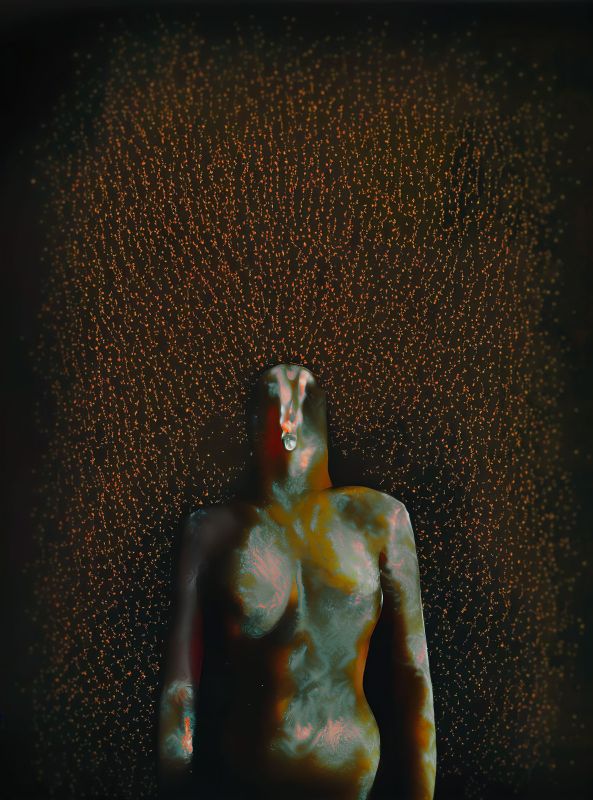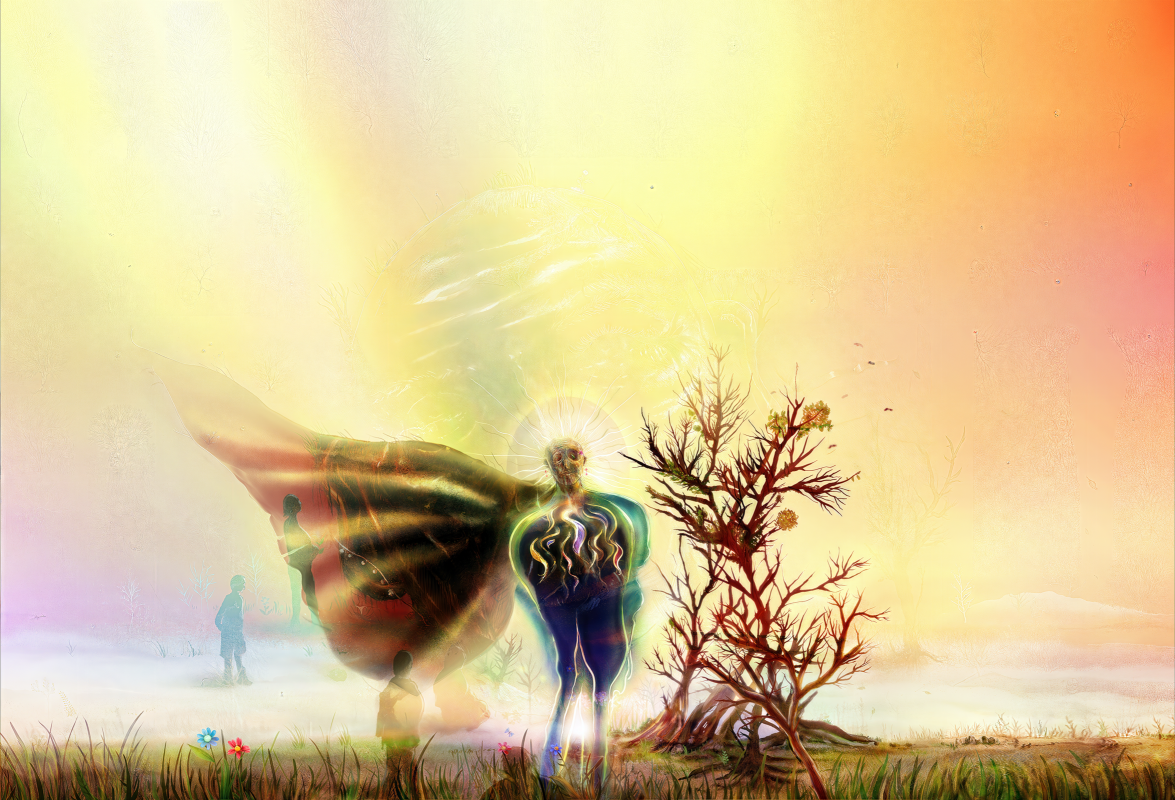Ryo Kajitani

Trauma as Dreamer
I dreamt of that man’s
body as a falling animal,
draped in heavy cloth.
I knew, somewhere,
that by reaching him I could
be young, enough to live.
Between us were mountains,
thickets dotted
with lavender and rosehip.
In the hillside, churches
carved into earth so that
even the spires fell
below the tallest grass,
each with ornate windows
drowned in shadow.
I would call out to him,
this man of sharp bone, but
the sound arrived too late,
finding only the air
that held his shape, dropping
away with the sun.

Chagall Taught Me How to Drive
Through the Chevy rumble of a borrowed car,
we waited for her baby to be born,
our nights sliding under the tires like a Chagall
painting of the wedding couple floating above town.
The beautiful breasts of my girlfriend
like frosting on a wedding cake. She steered me
blindly across the road with one hand,
avoiding a levitating fiddler, Chagall himself
standing on the side of the road, showing us
he had seven fingers to paint faster.
My girlfriend was pregnant and she taught me
how to drive, her cheekbones pressed against my shoulder.
When I strayed out of my lane, she said to keep left,
pretending the faded white line was a child.
I hadn’t fathered the road or the baby inside her.
Nor would we ever float loose above wooden fences,
pass through a window into Paris.
She didn’t want to birth her baby alone:
her belly barely fit behind the steering wheel.
I drove thirty miles per hour, slowing down
for peasants who were dancing in the road,
thinking they must be from Belarus, where
Chagall first painted on stained glass:
these ghosts from his past now stared at us.
We were headed for the beach in our borrowed Chevy.
The trees waited for us to find them human,
as they stood one after another, with their arms raised.
I counted them along the road until one bent in heartache,
and this was where we turned off for the shore.